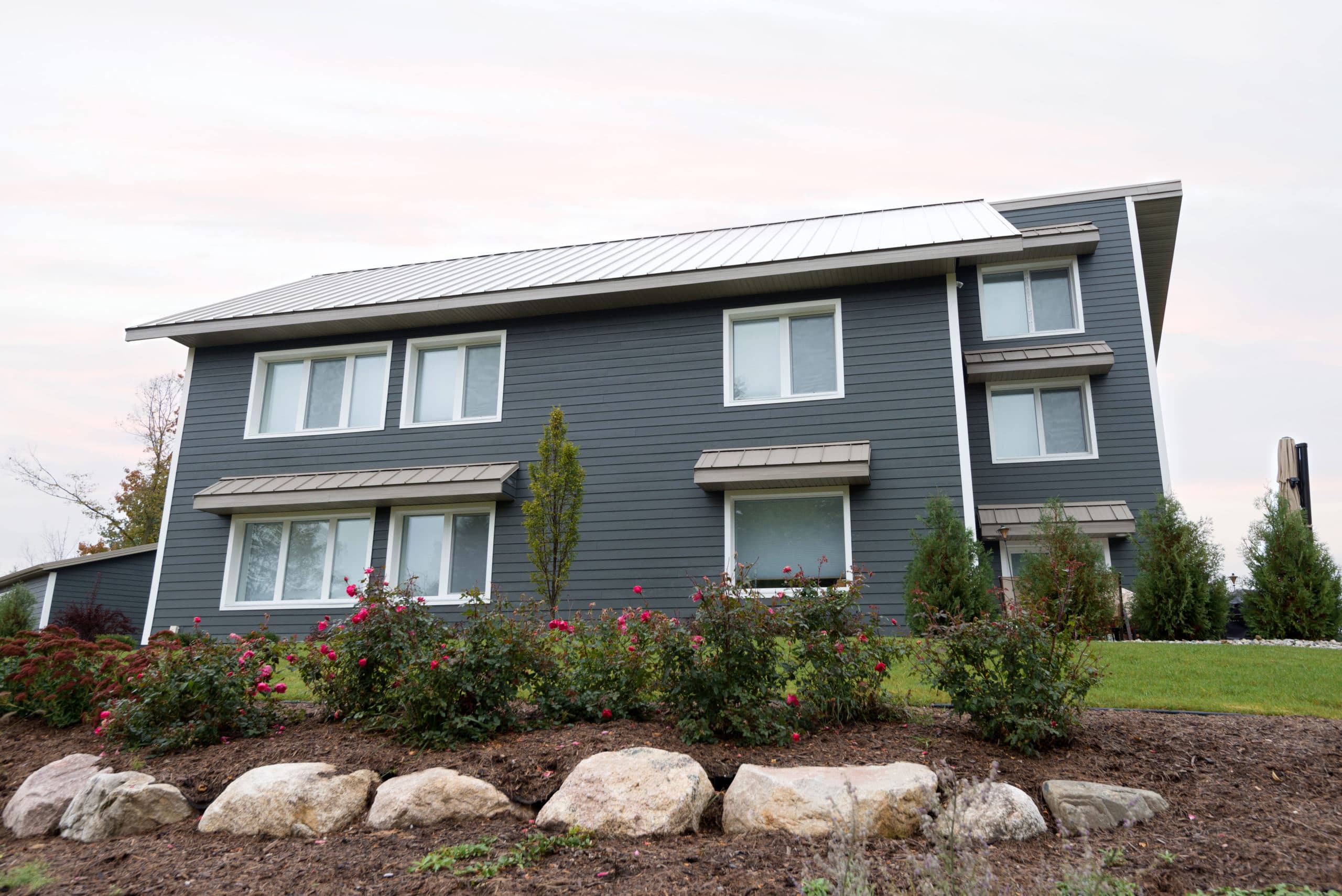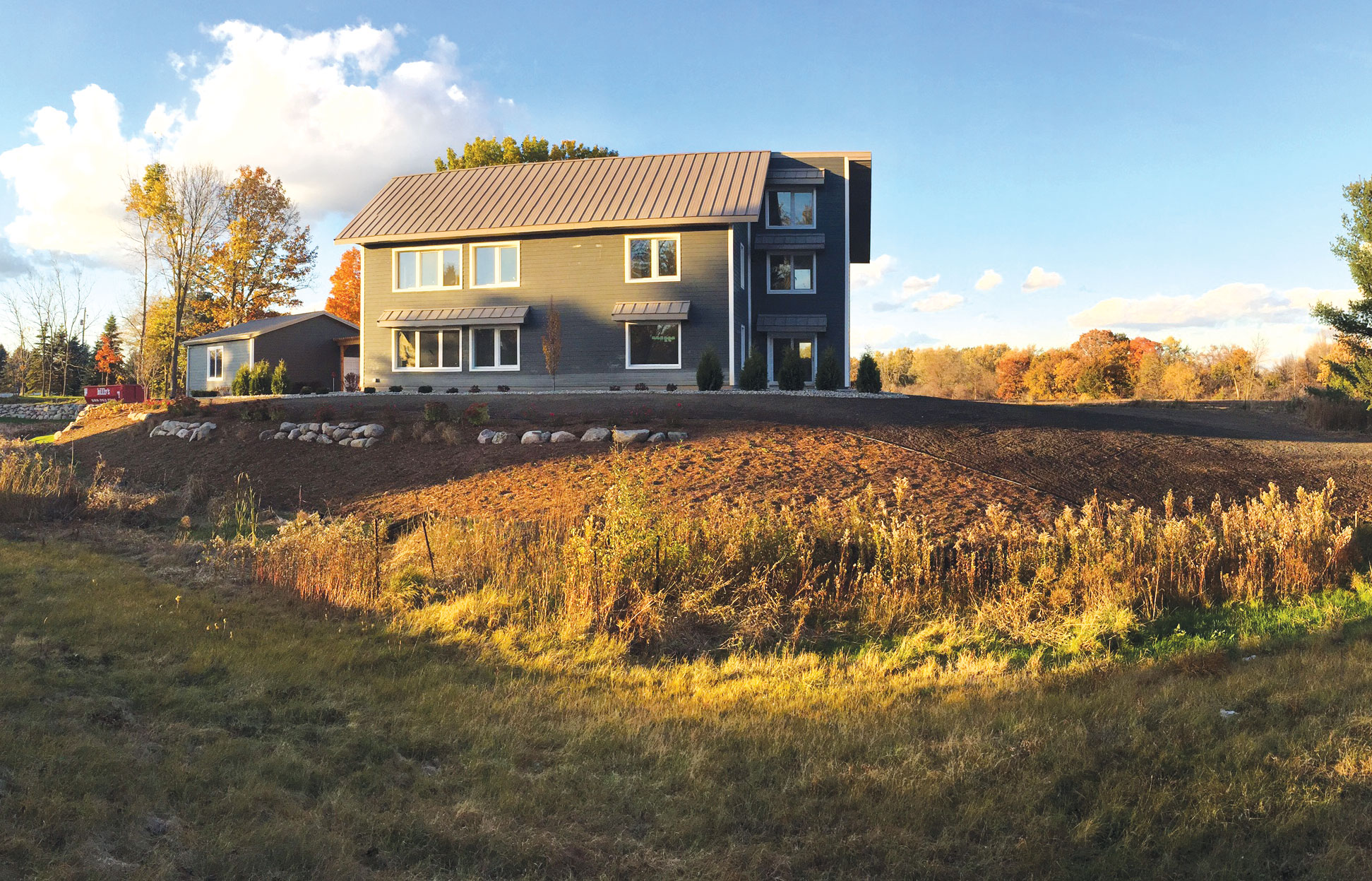
A typical Phoenix Haus prefab home is 2,500 to 4,000 square feet.
[Courtesy of Phoenix Haus]
The Phoenix Haus envelope package price translates to roughly $110 per square foot.
Kate McDonald has her roots in the story of a true American dream. Her grandfather, Anton Cech, a native of northern Germany, emigrated to the U.S. in 1926 and built a successful company from the ground up with almost nothing to his name. His conviction to pursue his dreams lives on in his children and grandchildren.
Seeing a growing need for a marriage between Passive House and high-efficiency, low-cost prefabrication methods in the building industry, Cech’s children and grandchildren started Phoenix Haus in 2011. Their goal was to influence the construction industry and create innovative, healthy, environmentally conscious buildings.
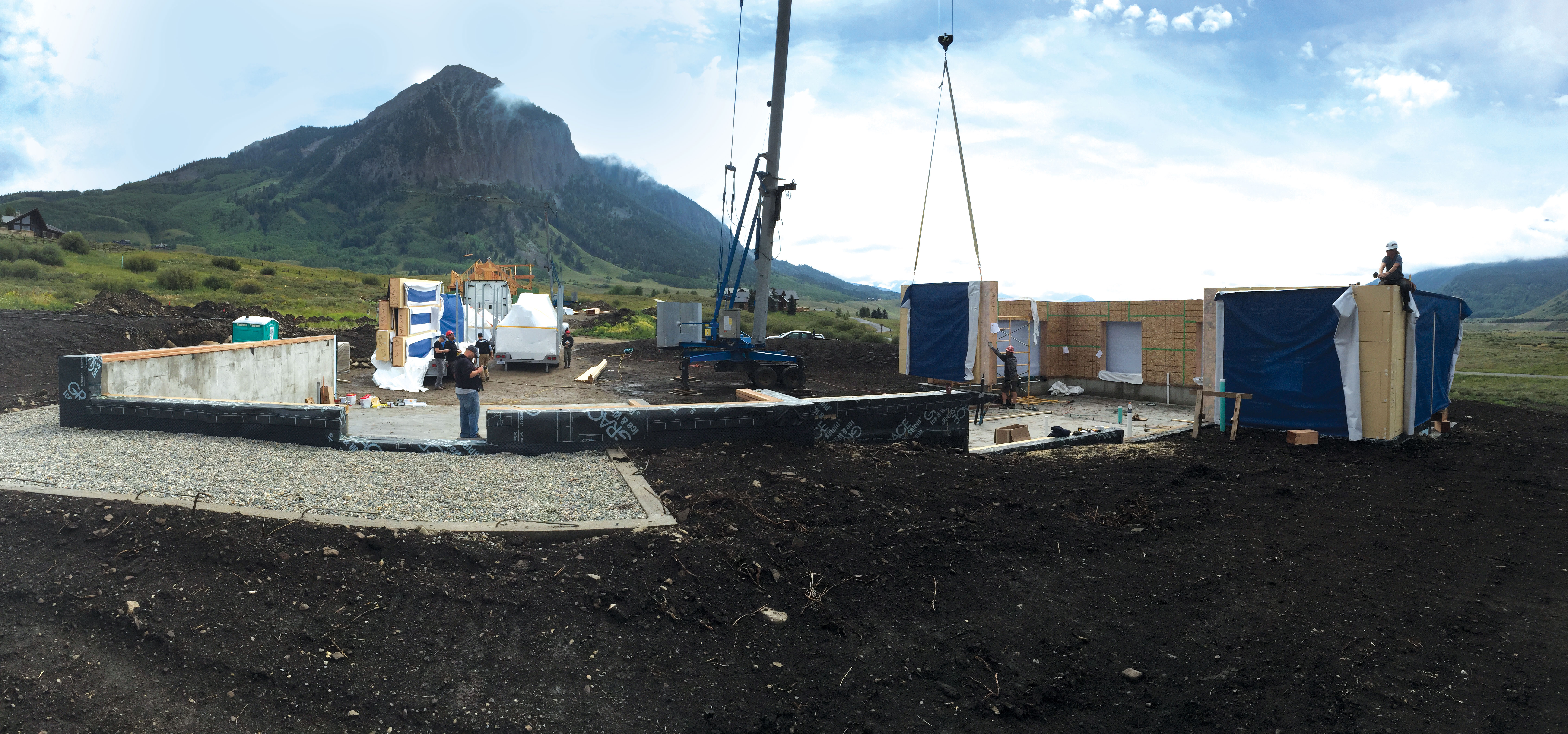
A house’s panels are assembled onsite in Crested Butte, Colorado.
[Courtesy of Phoenix Haus]
Today, they’re doing all that and more in the heart of the old American manufacturing industry in Detroit, in a 1900s factory that once served as a stamping plant. “We invested heavily into renovation and expansion that was completed mid-2016. The factory is 18,000 square feet with semi-automated equipment, an overhead crane, and a loading bay for a specialized vertical trailering solution,” McDonald says.
Now project manager at her family’s company, McDonald says Phoenix Haus is projected to complete six to eight homes in 2017 alone, which will be their first year of production, and interest has skyrocketed. “Solely from organic growth, without major marketing or PR campaigns, Phoenix Haus receives inquiries almost on a daily basis from around the country.”
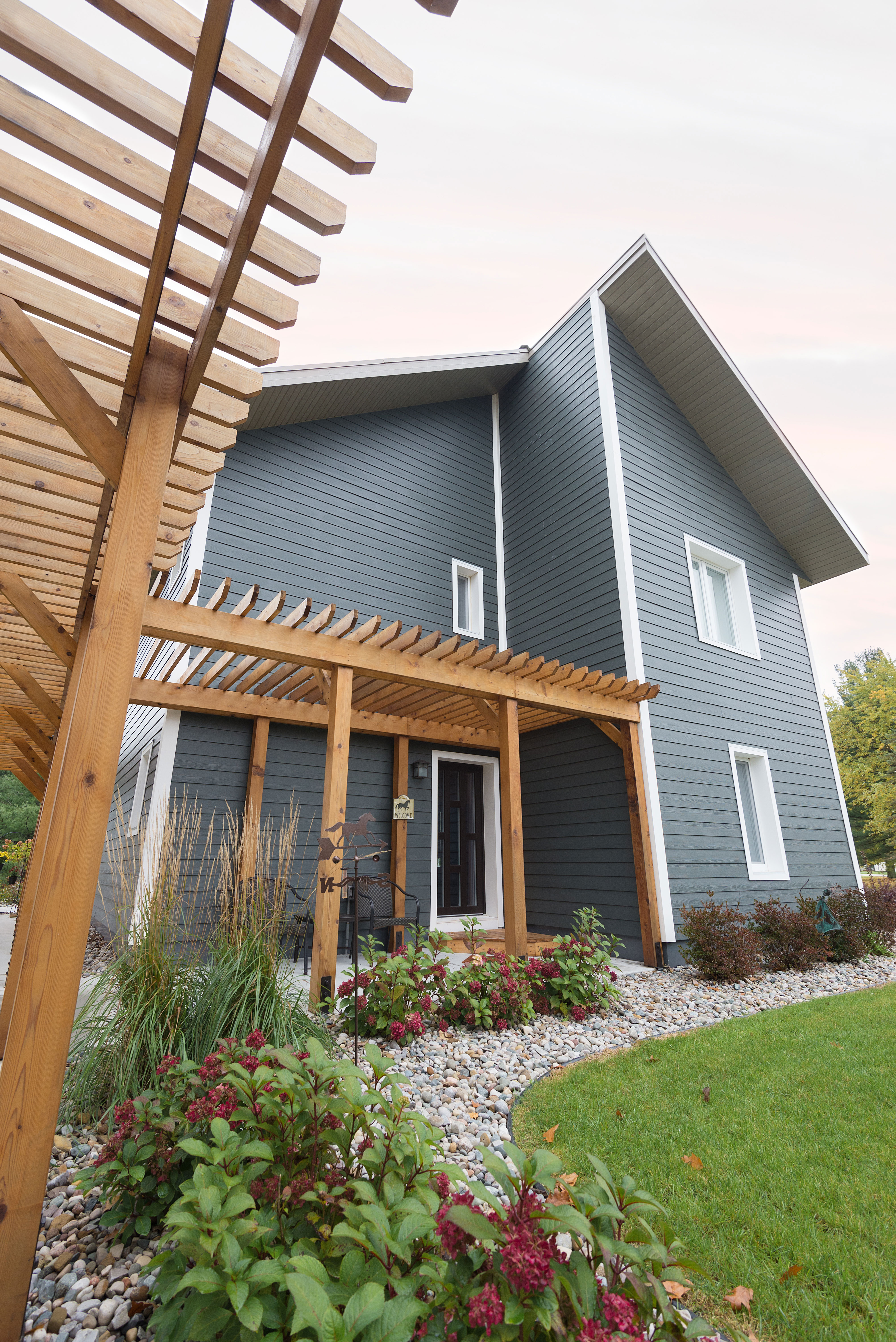
[Courtesy of Phoenix Haus]
She says nationally, the trend is growing greener every day. “Currently, demand is greater than supply and Passive House–trained architects and builders are trying to keep up. Since 2005, the amount of certified Passive House square footage has been doubling every year. It surpassed one million in 2016. The only trend we see coming is for more and more certified Passive House buildings.”
A typical Phoenix Haus home is between 2,500 and 4,000 square feet and one to two stories. McDonald says their market is mostly middle-income, with ages ranging from 26 to 55. But in 2017 they’re hoping to roll out pre-drawn template designs that will offer off-the-shelf yet customizable homes that are even more affordable and practical.
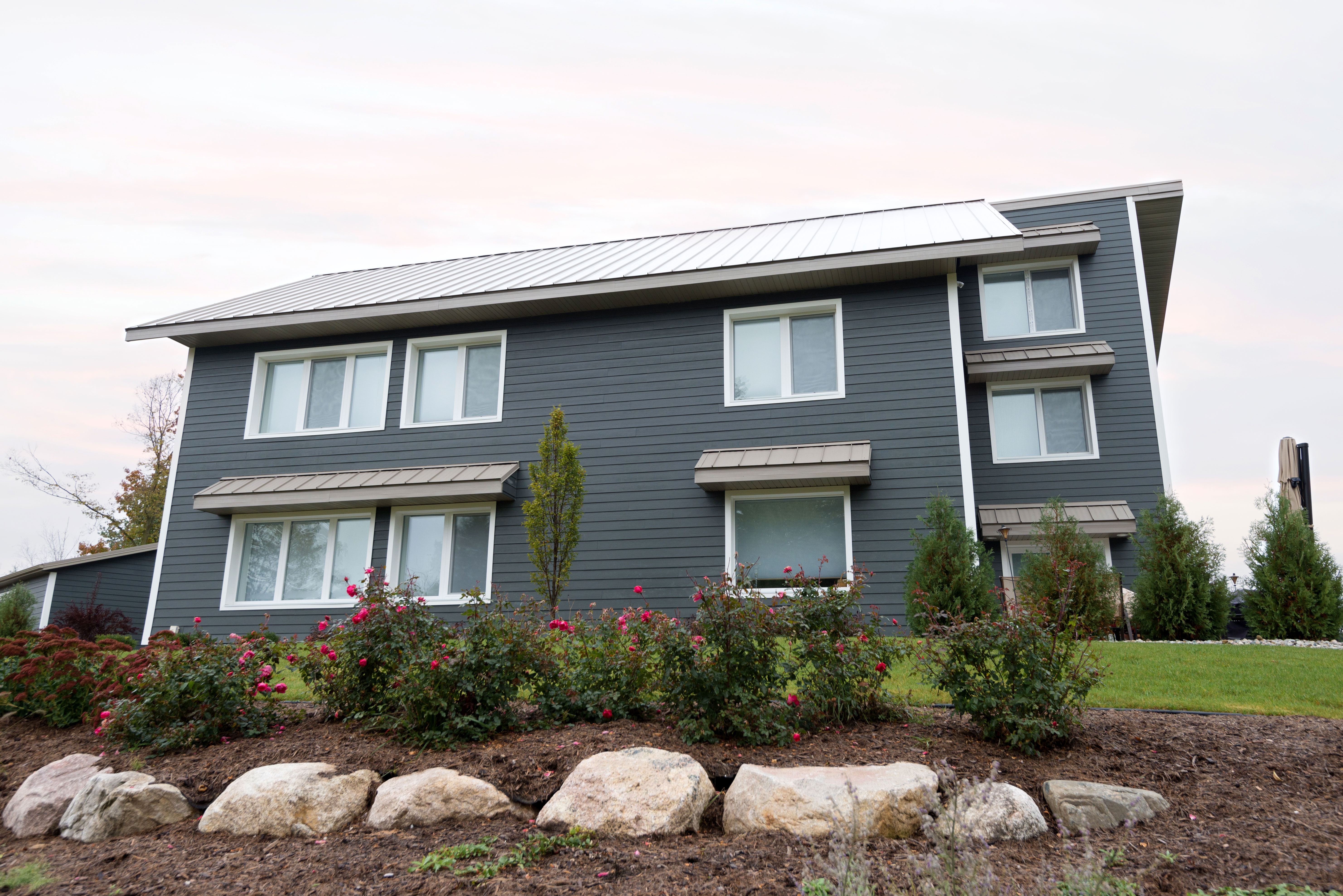
[Courtesy of Phoenix Haus]
Although she admits Passive House standards often mean higher costs, even when prefabricated, the return in energy savings—and thus energy bills—is a worthwhile return on the investment. “Currently, there is a 10 to 15 percent cost premium to building to the Passive House standard using prefab. However, when a cost analysis is performed and this premium is amortized over the life of the structure, it turns out to be a marginal increase in the investment that starts paying you back the minute you start living in the structure,” she says.
McDonald believes that the U.S. building industry has lagged behind many other countries with its resistance to increased standards. But the market, she says, will soon demand change. And businesses like Phoenix Haus will be there to provide. “Passive House is the gold standard when it comes to energy efficiency.”

[Courtesy of Phoenix Haus]
The easiest, most affordable way to provide Passive House on a grand scale is through prefab construction. As we enter an era of climate crises and increased anxiety over energy resources, why wouldn’t we work toward a solution that provides energy independence, healthy and comfortable living, and is good for the environment?
Phoenix Haus By the Numbers
A structure built to Passive House standards lowers electricity usage by around 90% compared to a traditionally built home.
- LEED buildings report almost 20% lower maintenance costs than typical commercial buildings.
- Since 2005, the amount of certified Passive House square footage has been doubling every year. It surpassed
1 million in 2016. - Stick-built homes can take months to put together in the field. Prefabricated homes can be built and assembled in weeks.

